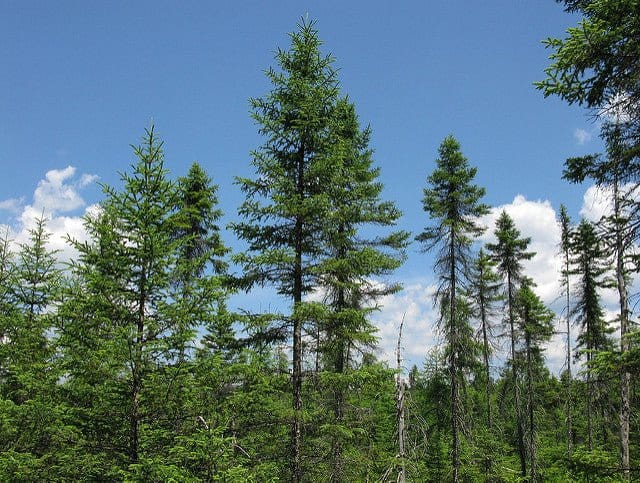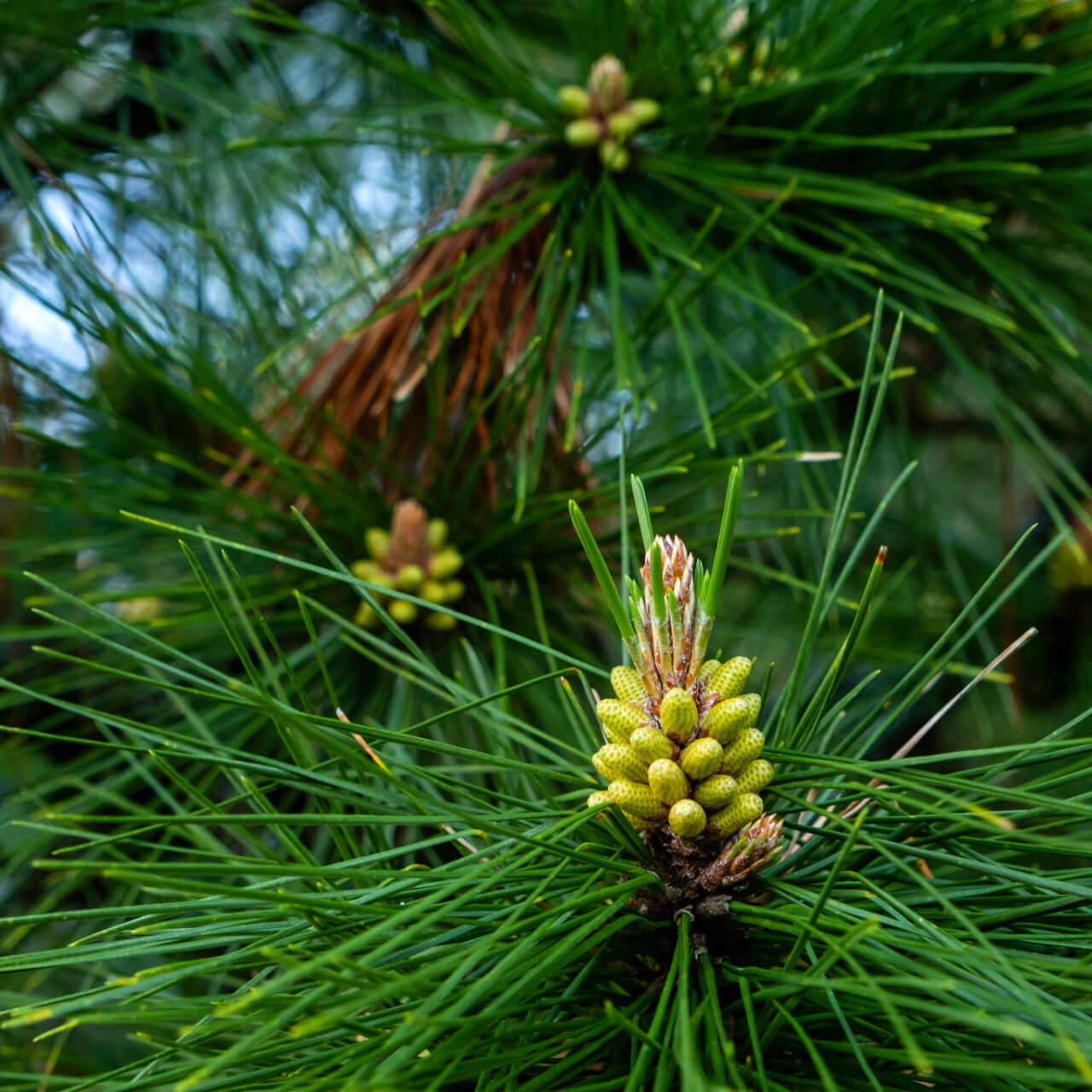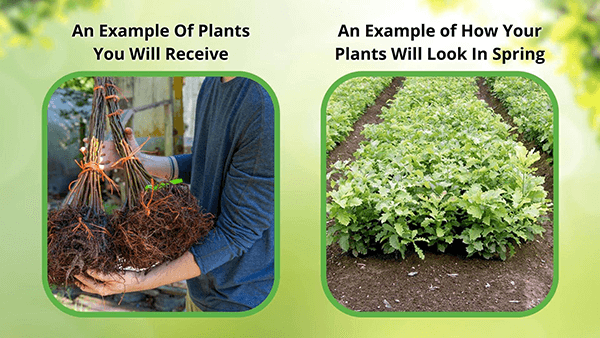Spruce Pine Tree
Spruce Pine Tree
| Order | Percentage Discount | ||
|---|---|---|---|
| 2-5 | 25% Off | ||
| 6-10 | 30% Off | ||
| 11-25 | 35% Off | ||
| 26-50 | 45% Off | ||
| 51+ | 65% Off | ||
Couldn't load pickup availability
November Through April
Over 25 Feet
Sun or Shade
4-9
Evergreen
Bare-root
MT. AL. CT. HI. UT. WI. TX.
Spruce Pine Tree
The Spruce Pine Tree is a majestic evergreen tree famous for landscaping due to its durability, beauty, and adaptability. With its conical shape, dense foliage, and towering height, the tree adds a touch of grandeur to any landscape.
Spruce Pine Tree's Appearance
The tree is easily recognizable by its symmetrical conical shape. It is made up of thick, dark green needles 1-3 inches long arranged in a spiral pattern around the branches, giving the tree a full and dense appearance. The tree also produces small cones, typically 2-4 inches long and reddish-brown.
The Tree's Growth and Maintenance
The tree is relatively low-maintenance and easy to care for. It grows best in well-drained, acidic soil but can adapt to various soil types. It also prefers full sun to partial shade and tolerates drought and cold temperatures. The tree grows moderately, typically reaching a height of 50-80 feet and a width of 20-40 feet.
Uses
The Tree is Versatile and Can be Used in Various Landscape Settings
It is commonly used as a specimen tree, accent tree, or as part of a windbreak or privacy screen. The tree's dense foliage makes it an excellent choice for wildlife habitat and erosion control.
The Pine Tree's Benefits
Besides its aesthetic appeal, the tree offers a range of benefits to the environment and property owners. The tree's dense foliage provides shade, which can help reduce cooling costs in the summer. The tree also absorbs carbon dioxide and other pollutants from the air, making it an effective tool for mitigating air pollution. Additionally, the tree's deep root system helps to prevent soil erosion and stabilize slopes. The Pine Tree is a beautiful and versatile tree that is an excellent addition to any landscape. Its durability, adaptability, and low-maintenance requirements make it a popular choice for homeowners and landscapers. Whether used as a specimen tree or part of a windbreak, the tree will surely add grandeur and elegance to any outdoor space.
With a bushy, irregular canopy, the tree is a unique option for customizing landscapes. On young spruce pines, the bark is soft but develops into flat plates over time. However, the upper half of the tree and branch retains the smooth surface. As the trunk grows, it begins to twist around itself, creating an artistic underbody reaching up into the canopy. While there are many common pine trees, the tree is known for the small branches that grow between large branches and the twisted design it takes on over time.
They Are Essential to Wildlife
Squirrels eat the pine seeds, and other small mammals use the tree as shelter. The tree grows pinecones that drop during the fall and are known for their evergreen needles that run along the branches. Young spruce pines can be Christmas trees, while fully mature trees are perfect for parking lot buffers and shade trees in local parks.
Known for its urban tolerance, the tree is an excellent option for residential streets as they are sturdy and easy to maintain. Find a sunny, open space for the tree, or keep it potted and trim it carefully to create a relaxing bonsai for the home or office. While the tree can do well in most soils, it will thrive best in nutrient-rich soil that retains moisture; this is the key to longevity and mature growth.
The tree is found in the lower southeastern United States and thrives in the warm temperate climate, where the summers are lengthy and hot and humid and the winters mild. It is most often found along river beds and swamps of the southern Coastal Plains.
Spruce Pine Tree is more susceptible to fire than other conifers and does not regenerate well after forest fires. Its shade tolerance allows it to be dominated by other trees, such as the Magnolia and Liquidambar and is rarely dominant unless it reaches through an opening in the canopy.
This Is How Your Plants Will Look upon Delivery
Shipping date depends on the date displayed and chosen when you order from the product's page.
We only accept returns on plants verified dead. If you think your plants have died, we offer a 1 year warranty, please use use this File a Claim Link to verify dead plants and start with return warranty process.









